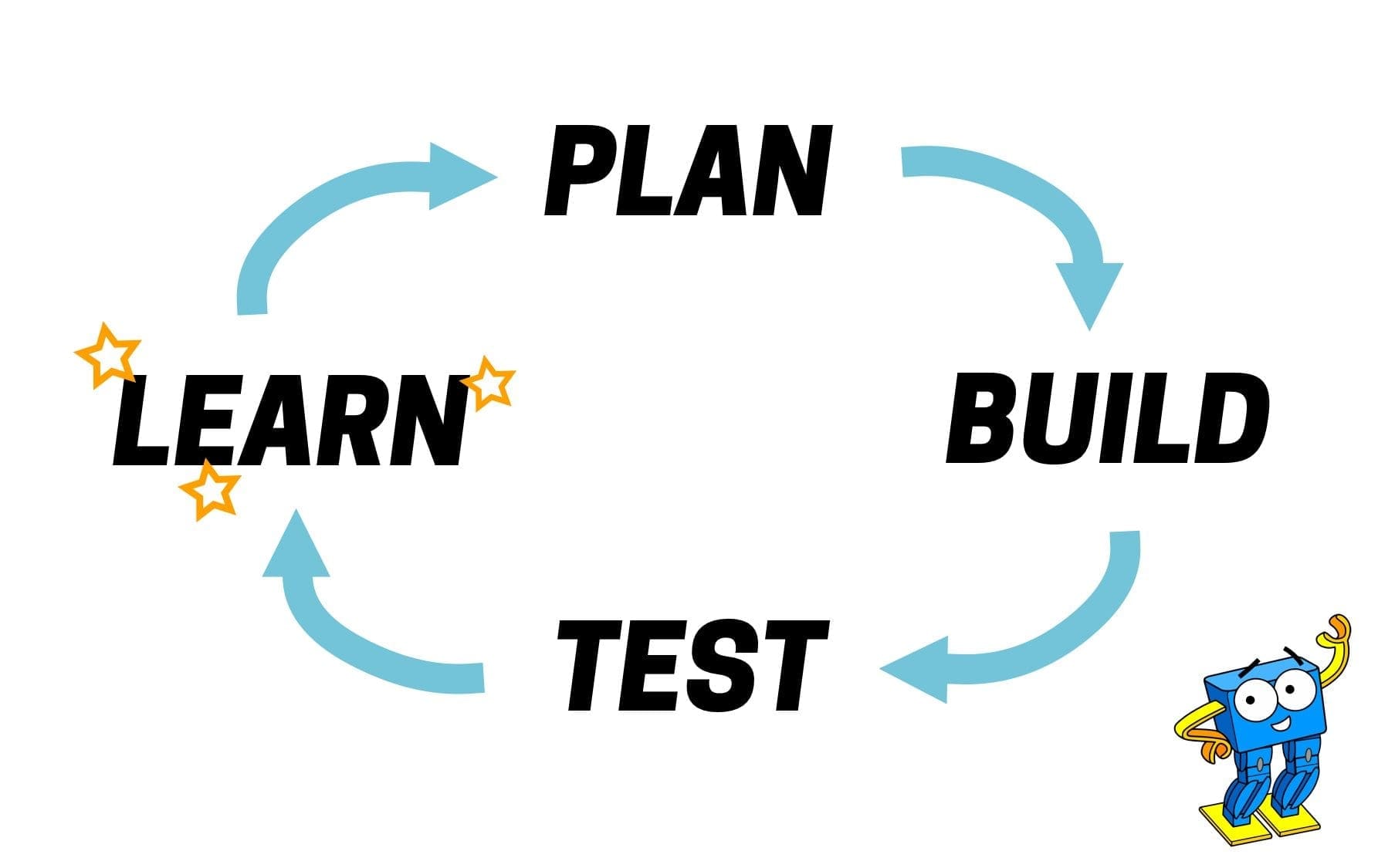During their time at school, there is a lot of pressure on students to take in new information quickly and put it into practice through tasks in the classroom whilst getting everything right almost immediately. But this doesn’t happen for every student.
Everyone learns at their own pace and may get things wrong and that’s okay. In fact, it should be encouraged! Although getting things wrong isn’t always the best of feelings, it does mean that you have the chance to learn from your mistakes, go back and improve your solution or understanding of why it went wrong.

I have not failed. I’ve just found 10,000 ways that won’t work.
However, some students may fear getting things wrong or asking questions if they don’t understand something in case they look silly. But by asking all of these questions, testing out different ideas and seeing what does and doesn’t work, we learn about that concept, how it works and interacts with different things.

By following the approach above, students learn that solving a problem isn’t as simple as solving it in perfectly first time, but involves iterating through a cycle of steps in order to explore and generate a number of solutions to the problem. At the end of each iteration, students should learn something new from the solutions generated. And use these to acheive the perfect outcome.
Sometimes, it can be really hard to evaluate whether a solution has had the desired effect and this is something that students will get to grips with over time. Introducing Marty to lessons can allow for students to begin this process of understanding the effect their designed solution has had. Students can easily evaluate the physical movements that Marty makes when they run their code and how this has changed the environment that he is in – helping with understanding whether their solution has met the initial aims and allowing for clear goals to be created in their minds if the solution was incorrect.
Marty has put together some top tips to help students with following this approach to solving problems. These tips don’t just apply to programming with Marty or even just programming in general but can be used for problem solving in any subject!




Other posts you may like
Why Probeware Matters in Science Education
In today’s classrooms, hands-on learning is essential. Students learn best when they can see, measure, test, and experience concepts directly. That’s where probeware comes in. By giving learners the tools...
Raspberry Pi and Marty the Robot
Marty doesn’t require a Raspberry Pi to be programmable in unplugged mode, Blocks Jr, Blocks, or python, but it is super-easy to add a Raspberry Pi computer to Marty the…
The Importance of Physical Computing: Why Hands On Coding Matters
What is physical computing? Physical computing is the use of code to control and interact with devices in the real world. Instead of running programs only on a screen, students...
TRY MARTY
FOR FREE
Are you looking for new STEM resources for your classroom? Robotical are loaning Marty the Robot to schools for no-obligation, 2 week trials.